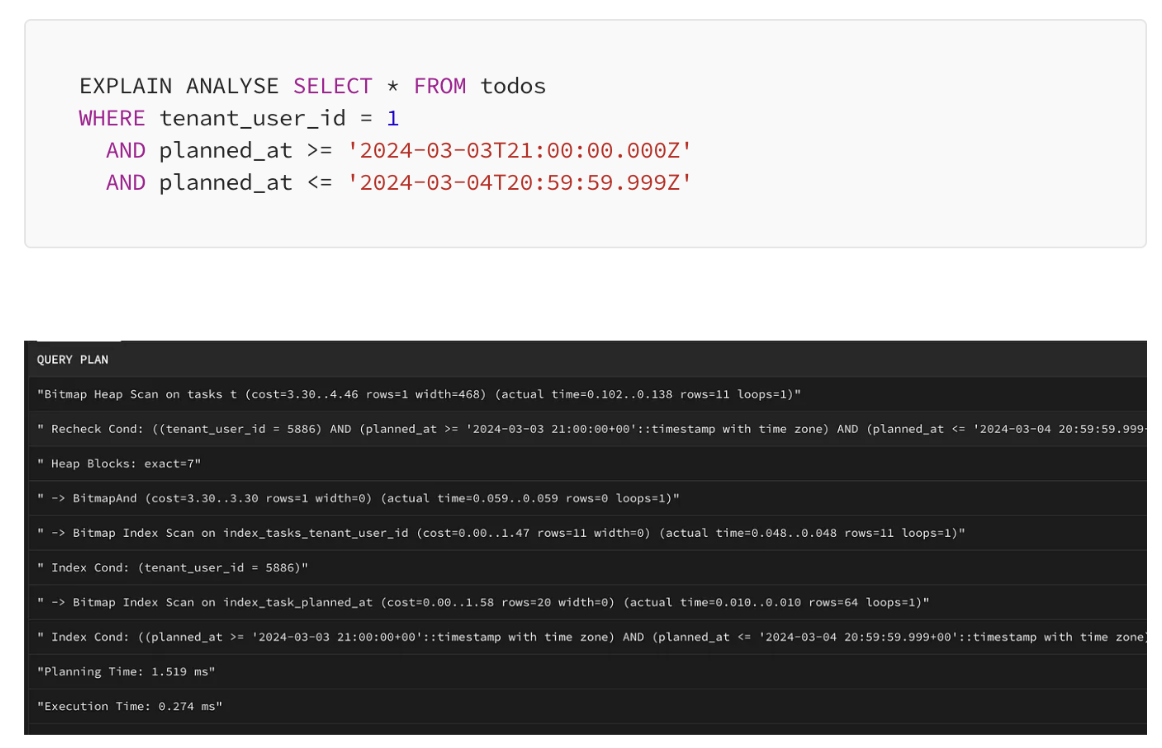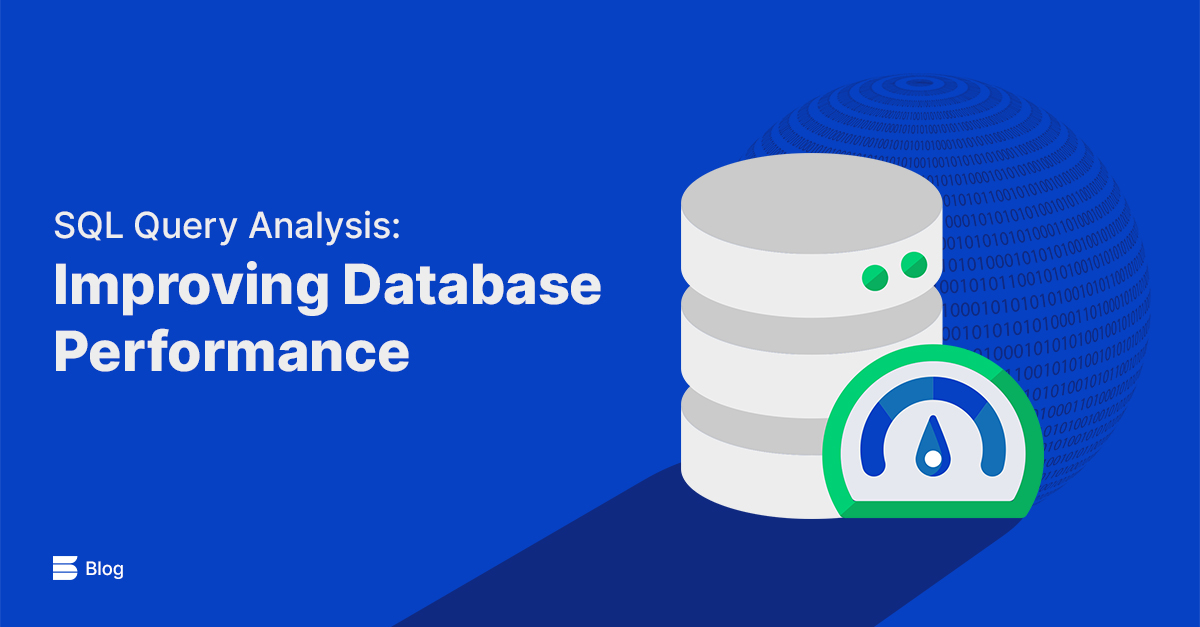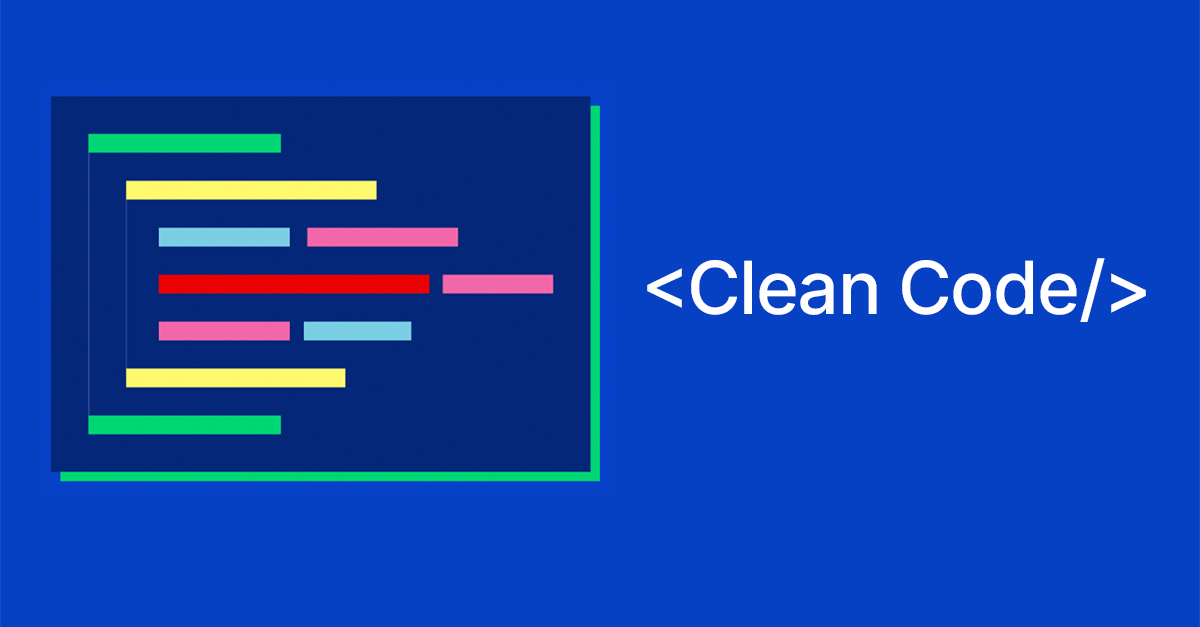For database administrators and developers, understanding, analyzing, and improving SQL queries, enhancing database performance, and optimizing data integration processes are extremely important.
In this article, we will be providing examples using PostgreSQL. However, since relational database structure is a fundamental subject, even though some concepts may vary, the same queries and scenarios apply to technologies such as MySQL, SQL Server (MS SQL), etc.
What is Query Analysis?
In SQL, query analysis is a process aimed at evaluating and improving the performance of running queries. This process involves a detailed analysis of query execution times, disk and memory usage, index usage, and more. Query analysis helps identify and resolve database performance issues.
EXPLAIN and EXPLAIN ANALYZE
One of the fundamental tools for analyzing queries in SQL is the EXPLAIN command. This command shows the execution plan of a specific query but does not execute the query. EXPLAIN ANALYZE serves the same purpose as EXPLAIN, but it also reports the actual execution time of the query. Let's examine a query using EXPLAIN ANALYZE.

You can examine the query output with the following information:
Cost Information
Cost values show the estimated costs calculated as part of database optimization. Lower cost generally implies better performance.
Actual Time Information
Actual time values show the real-time spent at each step. This helps you understand how long each step takes and which parts of the query consume more time.
Rows Information
Rows values indicate the estimated or actual number of rows processed at each step. This helps you understand the amount of data processed at each step and evaluate the query's performance.
Index Usage
Expressions like Bitmap Index Scan and Bitmap Heap Scan indicate index usage. It's important to pay attention to which indexes are being used and how well they perform.
Heap Blocks Information
The Heap Blocks value provides information about memory usage.
Planning Time and Execution Time
Planning Time shows the time taken for query planning, while Execution Time shows the time taken for query execution. These values indicate how long the query took to plan and execute.
Data Type and Index Optimization
Proper usage of data types and indexes in SQL can significantly affect performance. Especially when working with large datasets, selecting the right data types and creating necessary indexes are important.
In a Nutshell
Analyzing queries in SQL is a critical part of optimizing database performance. By using tools like EXPLAIN and EXPLAIN ANALYZE, you can examine query execution plans and identify performance issues. Additionally, proper usage of data types and indexes can enhance performance. By conducting query analysis in PostgreSQL, you can significantly improve your application's performance.


